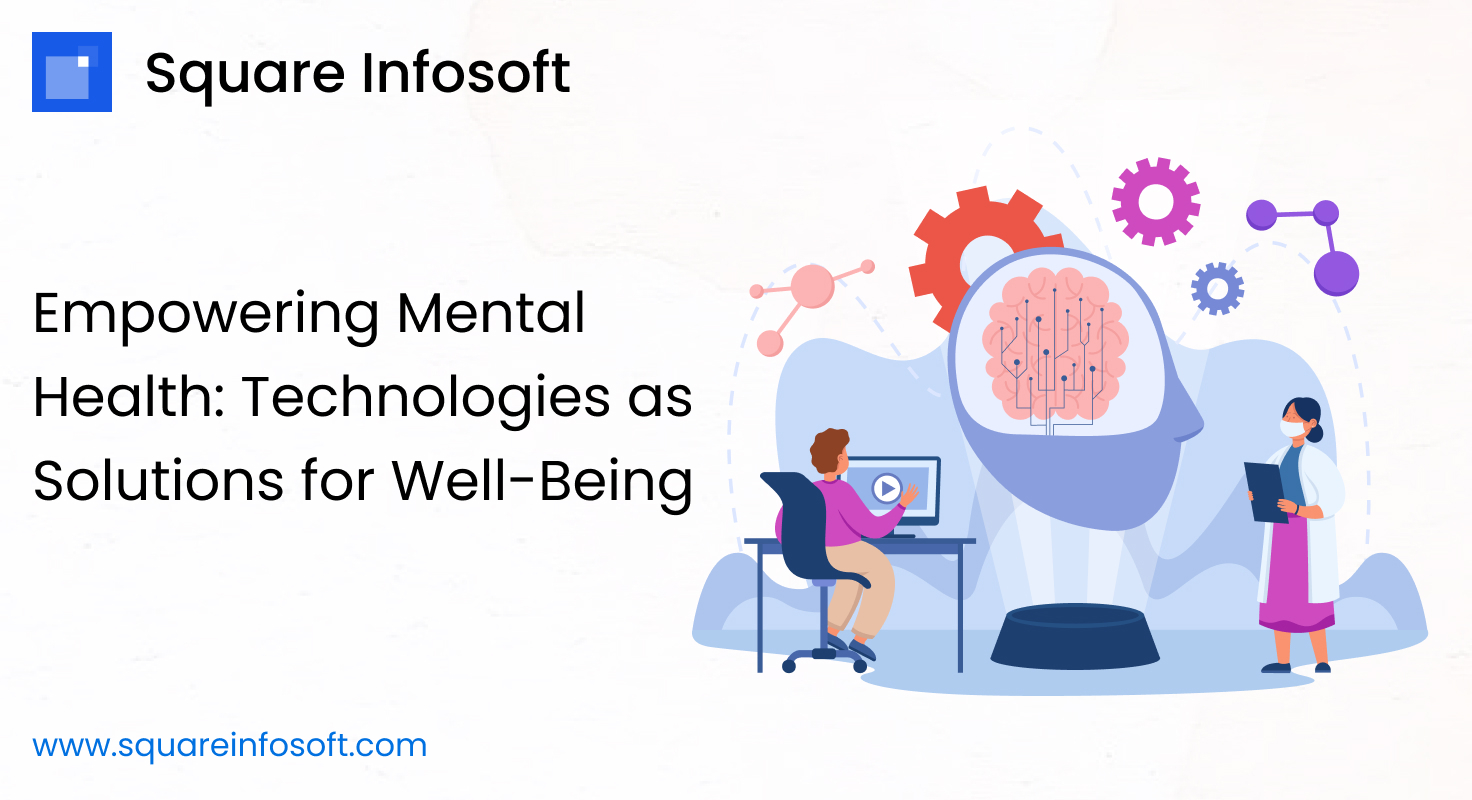Developing a QR Code Scanner App involves creating a tool that can quickly and accurately scan QR codes using a device’s camera. Below is a step-by-step guide on how you might approach the development of such an app:
1. Define App Features:
- QR Code Scanning: Implement a reliable QR code scanning feature using the device’s camera.
- Decoding Types: Support various QR code types, including URL links, text, contact information, and more.
- History: Keep a history of scanned QR codes for users to reference.
- Export and Share: Allow users to export or share scanned data.
2. Choose a Development Platform:
- Decide whether to develop a native app (iOS/Android), cross-platform (React Native, Flutter), or web-based.
3. Wireframing and Design:
- Create wireframes and design a user-friendly interface with a focus on the camera scanning experience.
- Include options for viewing scan history and managing settings.
4. Development:
- Frontend:
- Use a suitable framework or language for the chosen platform.
- Implement a responsive and intuitive user interface.
- Backend (if necessary):
- For basic QR code scanning, a backend may not be required. However, for additional features like user accounts and data synchronization, you may need a server.
5. QR Code Scanning Algorithm:
- Integrate a reliable QR code scanning library or implement a custom scanning algorithm.
- Ensure quick and accurate recognition of QR codes in various lighting conditions.
6. History and Storage:
- Implement a database or storage system to save and manage the history of scanned QR codes.
- Allow users to categorize or tag scanned codes for easy reference.
7. Export and Share Functionality:
- Enable users to export or share scanned data through various channels such as email, messaging, or cloud storage.
8. Settings and Customization:
- Provide settings for users to customize the scanning experience, such as enabling flash, adjusting focus, or changing default actions for certain QR code types.
9. Security and Privacy:
- Prioritize user security by ensuring that the app doesn’t compromise sensitive information.
- Clearly communicate data privacy policies.
10. Testing:
- Conduct extensive testing to ensure the app functions well under different lighting conditions and with various QR code types.
- Test on a variety of devices to ensure compatibility.
11. Deployment:
- Publish the app to the App Store (iOS) and Google Play Store (Android) or deploy it on your chosen platform.
12. Marketing:
- Develop a marketing strategy to promote the app, emphasizing its speed, accuracy, and user-friendly features.
13. Feedback and Updates:
- Encourage users to provide feedback within the app.
- Regularly update the app to fix bugs, enhance scanning performance, and add new features based on user needs.
14. Monetization (if applicable):
- Decide on a monetization strategy, such as offering a free version with ads or a premium version with additional features.
15. Legal Considerations:
- Ensure compliance with data protection regulations.
- Clearly communicate terms of use and privacy policies to users.
A QR Code Scanner App should be simple, fast, and reliable. Prioritizing the user experience, accuracy in scanning, and security will contribute to the success of the application.




